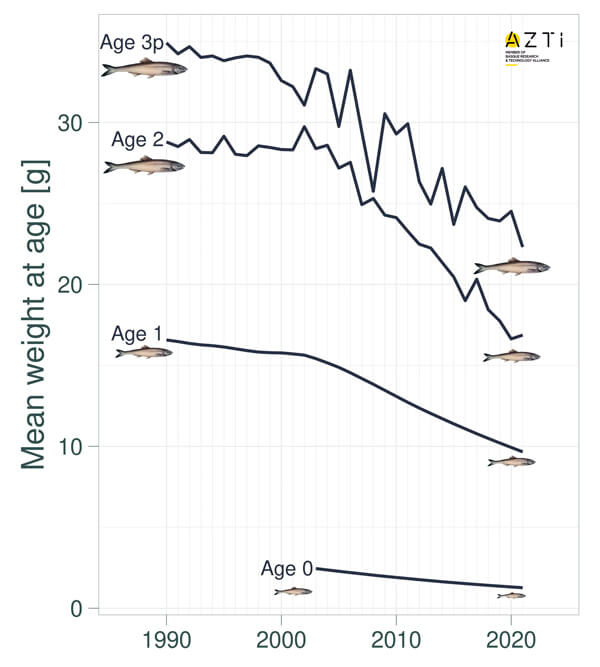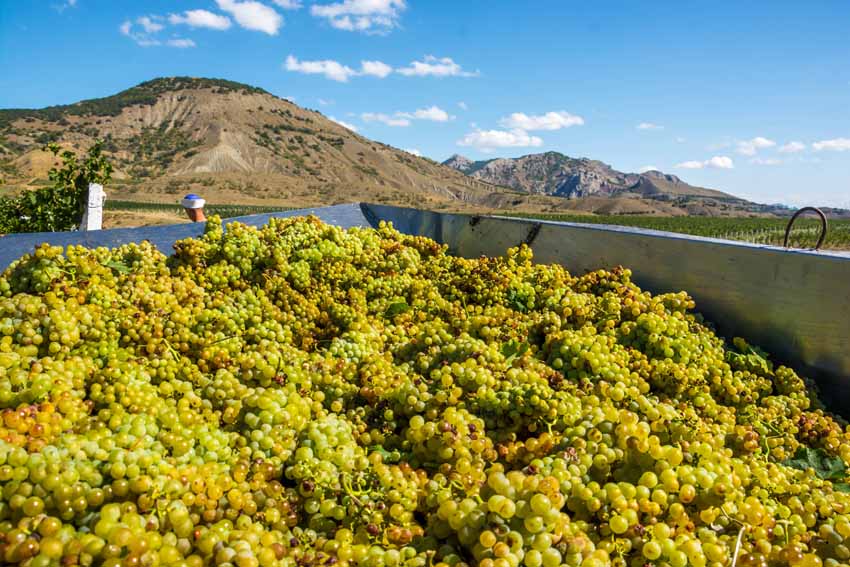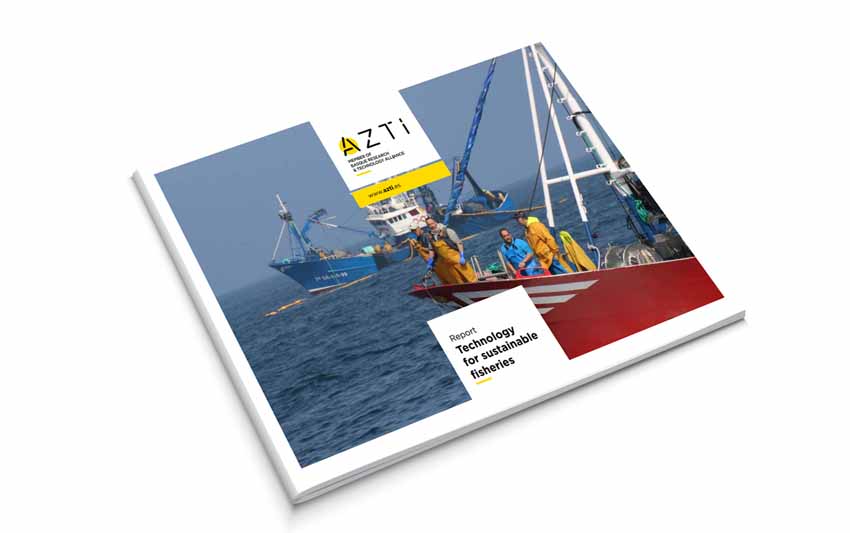Anchovies in the Bay of Biscay are smaller than 30 years ago
Últimas noticias
Una mirada LGTBIQ+ al reino animal
Circular Economy in Action: Valorisation of By-products through Projects like PRIMA NEWFEED
Strategic Perspectives: Highlights from the Food4Future World Summit for Business Leaders
- The AZTI technology centre has found scientific evidence of a smaller size of the species in a new study covering three decades of scientific data.
- The conclusions of the research suggest a complex interaction of factors such as temperature and population abundance as the cause.
- The results have been published in Global Change Biology
Sukarrieta, 4 December 2023- The AZTI technology centre, which specialises in marine and food research, has found evidence of a reduction in the size of anchovy in the Bay of Biscay. The study covers three decades of scientific data (from 1990 to 2021). The conclusions of the study have been published in the prestigious journal Global Change Biology.
Specifically, AZTI’s scientific experts have observed an evident decrease in the average size and weight of adult European anchovy (Engraulis encrasicolus L.). The analyses suggest that the specimens are not only smaller, but are also adopting a more slender shape.
“The decrease in weight is slightly more pronounced than in total length, with reduction rates that have accelerated by up to 25% per decade over the last twenty years”, emphasises Fernando Taboada, one of the main authors of the AZTI study.
Although these changes are partly associated with ocean warming, the researchers who participated in the study suggest a complex interaction of environmental factors and rule out the possibility that fishing pressure could exert a significant influence.
“We found that the more abundant the anchovy, the smaller the specimens, but this relationship with population density is less clear at later stages, where temperature has been shown to be the main cause of the decrease in size,” adds Guillem Chust, another author of the study.

Temperature-size rule
“In general, juvenile fish in warmer waters grow faster than their counterparts in cooler waters; however, these warmer conditions slow down subsequent development, leading to a smaller adult body size, known as the temperature-size rule (TSR),” the experts explain.
The researchers have confirmed two ecogeographical hypotheses to assess on a large scale how fish size changes when water temperature changes: the first one states that, when comparing different fish species that are closely related (e.g. species of the genus Engraulis), fish generally tend to be larger in colder water. The second focuses on different populations of the same species. Observations made by the technology centre reveal that, in general, individuals from different European anchovy populations tend to be larger in colder seas.
However, as AZTI points out, “it is crucial to be cautious, as the study is based on observations and has its limitations. However, additional evidence suggests that the decrease in anchovy size could be an indicator of the response to changes in climate and the functioning of the Bay of Biscay ecosystem”.
This study has been supported by the European projects LIFE Urban Klima 2050 and SEAWISE. It has also been supported by the Department of Agriculture, Fisheries and Food Policy of the Basque Government through the FEMPA projects; and by the General Secretariat of Fisheries of the Ministry of Agriculture, Fisheries and Food of the Spanish Government, which has contributed through the Next Generation funds of the Recovery Plan.
[1] Taboada, F. G., G. Chust, M. Santos Mocoroa, N. Aldanondo, A. Fontán, U. Cotano, P. Álvarez, M. Erauskin-Extramiana, X. Irigoien, J. A. Fernandes-Salvador, G. Boyra, A. Uriarte, and L. Ibaibarriaga. 2024. Shrinking body size of European anchovy in the Bay of Biscay. Global Change Biology 30:e17047. DOI: https://doi.org/10.1111/gcb.17047







